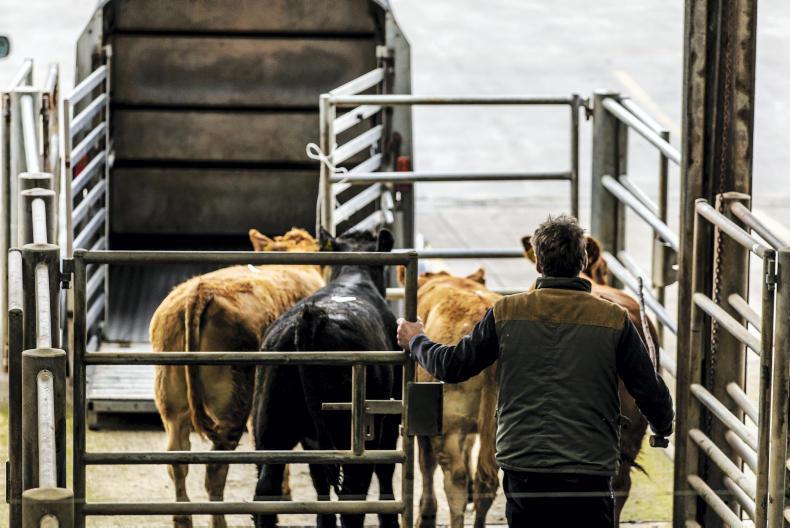Vaccination is probably best carried out on the farm of origin if you are purchasing direct. This should be completed in advance of movement. However, if purchasing from a mart or from situations where advanced vaccination is not possible, then it is best conducted a few days after arrival on your farm.
Vaccines against Bovine Respiratory Disease (BRD) fall into two broad categories – vaccines against upper airway disease (IBR) and those that tackle pneumonia (lung disease).
Within each group, you may use either live or inactivated (dead) vaccines (See Table 1). Dead vaccines are administered by injection and, as a general rule, are slower at inducing immunity.
However, they may protect for longer, so it is necessary to organise vaccination well ahead of housing – the next risk period weanlings will encounter after arrival. Two injections are invariably required, spaced approximately four weeks apart, to give strong and lasting immunity.
Live vaccines administered intranasally give more rapid onset of cover. Live vaccines are available against IBR and combinations of RSV and PI3. Mannheimia haemolytica is a common cause of pneumonia in weanlings, due to a stress-related increase in this bacterium in the lungs or secondary to viral infection. If untreated, animals die in a few days.
Mycoplasma is becoming more commonly diagnosed on Irish farms and it may be more common than official diagnostic rates suggest. It causes mild coughing, ill-thrift and death, if untreated. There is no vaccine for this latter agent and control depends on improving ventilation and stocking rates and treating with a mycoplasma-effective antibiotic product.
So, which BRD-causal agents do you need to consider in a vaccination regime? In preparing for your second home match, you need to know your opponents. Three-quarters of Irish herds are infected with IBR, a very high proportion have PI3 and RSV viruses, nearly all have Mannheimia haemolytica and Pasteurella multocida and possibly up to one-third of herds have Mycoplasma.
Unfortunately, little is known about the prevalence of Histophilus somni in Ireland, though as a mortality causal agent, it appeared at 6% in the most recent Department of Agriculture report.
Upper airway disease, most commonly known as infectious bovine rhinotracheitis (IBR), is a serious clinical disease that can give rise to coughing, runny eyes/nose and occasionally death when pneumonia arises as a complication, most commonly from bacterial infection alongside it.
Weight loss is significant and it tends to become endemic on large units. IBR vies with respiratory syncytial virus (RSV) as the number one cause of viral respiratory disease in weanlings. RSV is probably the most common cause of post-housing weanling pneumonia.
Usually it causes difficulty breathing, frothing at the mouth and death. It is often complicated by bacteria, especially Mannheimia haemolytica. Parainfluenza virus causes fever, weight loss and mild pneumonia. Its biggest influence is that it makes animals more susceptible to other forms of pneumonia.
Your vet is best placed to advise you on an appropriate vaccination regime for your farm, involving a number of these products. It will commonly involve a vaccine against IBR, given at the same time as a vaccine against other viruses +/- bacteria.

